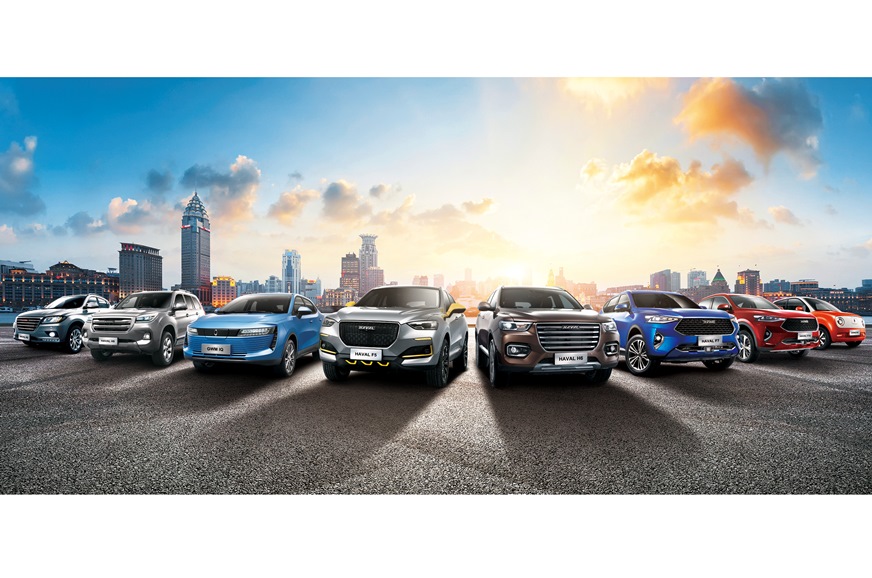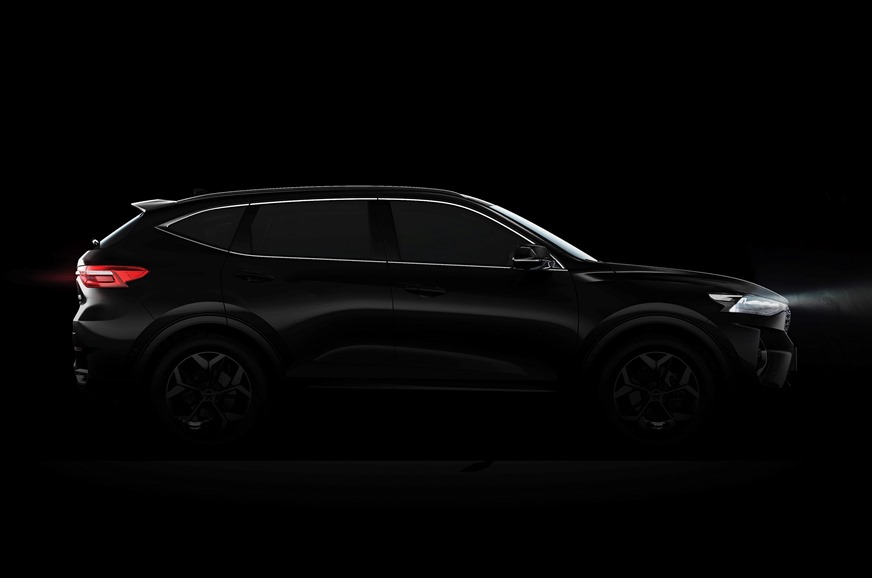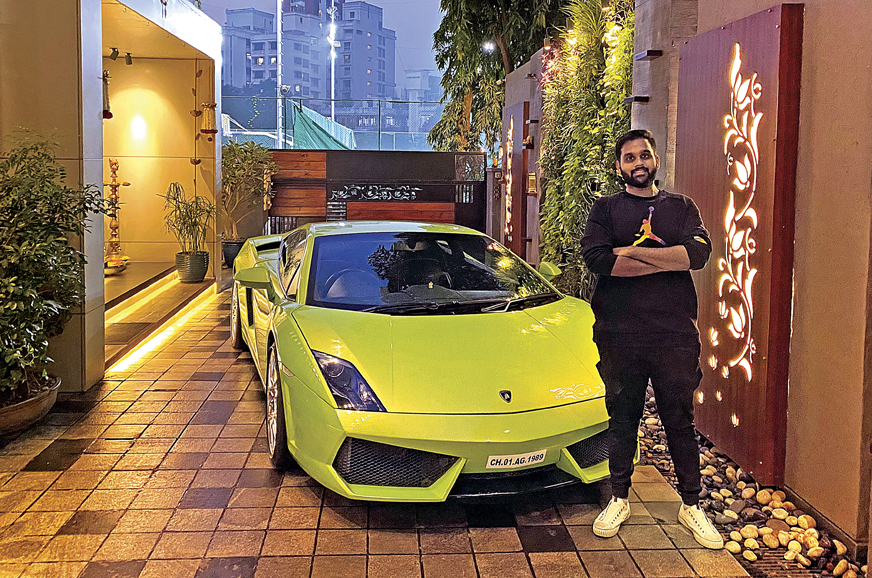Year after year, the Consumer Electronics Show showcases brands that give us a sneak peek into the future of mobility. This year, amongst many others, it was Hyundai that displayed its take on the same. The carmaker showcased the Hyundai S-A1; no, it’s neither a car, nor an SUV. Instead, it comes under a new category known as PAVs, or Personal Air Vehicles. The electric air taxi is said to have a range of 100km and takes just 5-7min to recharge between trips.
Hyundai’s aim for the future is to build hubs – where air vehicles can connect with local modes of transport or purpose-built vehicles – making way for better transport connectivity.
The S-A1 will be an electric vertical take-off and landing (eVTOL) aircraft.

Hyundai already has a plan set for the flying vehicle concept. The machine will be developed and produced by Hyundai, and the carmaker has formed a tie-up with Uber’s nascent air taxi division for “airspace support services” – links to ground-based transport options and customer interfaces, like the app through which customers can book flights. Hyundai is the first global automaker to join the Uber Elevate initiative to develop mass-scale private air transport.
Both the companies are keen on introducing the urban air taxi concept as early as 2023.
Hyundai, known for building road cars, has started with a clean sheet for its “car for the air.”
With two tilt-rotors placed on the tail, and 10 other rotors distributed across the vehicle’s egg-shaped cabin, the air taxi is designed to take off vertically, transition to wing-borne lift in cruise, and then transition back to vertical flight for landing.
The flying taxi will have five seats and a cruising speed of 290kph, and can fly at an altitude of 1,000–2,000ft. Its small, electric-powered rotors make it less noisy than a combustion-engine helicopter, which will enable it to fly over cities with low tolerance for noise pollution without any issues. What’s more, a range of around 100km has been confirmed by Hyundai.

While a few small-scale test flights of eVTOL aircrafts have been conducted around the world, a key point to note is that none are currently in commercial operation. The technology is still in its early days, and Uber and Hyundai (as well as a variety of other players in the field) face enormous regulatory and technical challenges in getting their respective air taxi services off the ground.
This wasn’t all from the carmaker at CES 2020. The brand went one step ahead and also unveiled concepts for a landing hub and eco-friendly pod cars – ‘Purpose Built Vehicle’ (PBV) – for ground-based transportation to and from the flying taxi station. This, according to Hyundai, has been inspired by San Francisco’s cable cars. The PBV is designed as a beige-coloured rectangular unit, and will use artificial intelligence to select optimal routes along the journey. The vehicle, which can be between 4-6m long, has been conceived with separate chassis and upper bodies, allowing the interior to be customised for various purposes.

Each PBV will be equipped to take on various roles, like coffee shops or even medical clinics, for example. Hyundai says the vehicle can be charged when in use via other PBVs that function as battery packs.
Fasten your seat belts, your commute to work is set to get easy in the not-too-distant future.





























